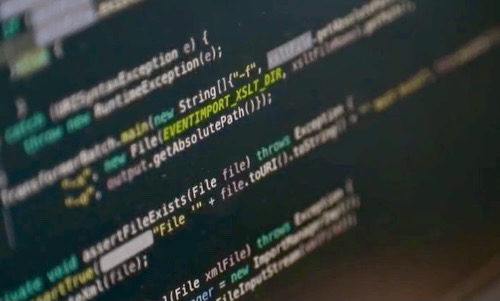Implementing a Tech-Radar at meinestadt.de: A guide to streamlining technology adoption
Introduction
In today’s fast-paced tech landscape, businesses need to stay agile and adaptable to thrive. As a leading digital company, meinestadt.de is no exception. With the constant evolution of technology and tools, meinestadt.de’s IT department is tasked with ensuring that the company stays ahead of the curve. To achieve this, the department has adopted a tech-radar system for assessing and implementing new technologies. In this article, we will explore the benefits of a tech-radar, discuss how it’s being used at meinestadt.de, and outline the process for trying out new technologies.
What is a Tech-Radar?
A tech-radar is a visual representation of a company’s technology stack, showcasing the tools, platforms, and frameworks that the organization has adopted, is evaluating, or is planning to adopt in the future. The primary goal of a tech-radar is to provide guidance on which technologies to use, benefit from past evaluations, and offer a structured process for experimenting with new technologies.
The Benefits of Implementing a Tech-Radar at Meinestadt.de
- Transparency: A tech-radar fosters transparency and helps everyone in the IT department stay up-to-date with the company’s technology decisions. It creates a shared understanding of the tools being used and the reasons behind their adoption.
- Collaboration: By providing visibility into the organization’s technology landscape, a tech-radar encourages collaboration among teams. This allows the IT department to share experiences and learn from each other, leading to better technology choices and improved efficiency.
- Faster decision-making: A tech-radar simplifies decision-making processes by offering a clear overview of the technologies that are already approved or being evaluated. This streamlines the adoption process and helps the IT department focus on implementing the most relevant tools.
- Continuous improvement: A tech-radar helps meinestadt.de’s IT department keep track of the effectiveness and relevance of the adopted technologies. It ensures that the technology stack is continuously optimized and that outdated or underperforming tools are phased out.
The Process for Trying Out New Technologies
The tech-radar at meinestadt.de follows a structured process for evaluating and adopting new technologies:
- Identification: The IT department continuously monitors industry trends and emerging technologies. Team members can suggest new tools, frameworks, or platforms to be evaluated.
- Evaluation: Once a technology is identified, it undergoes a thorough evaluation process, which includes assessing its relevance, potential benefits, and risks. The evaluation process may involve proof-of-concept projects, research, and discussions with industry experts or vendors.
- Classification: Based on the evaluation, the technology is classified into one of four categories: ‘Adopt,’ ‘Trial,’ ‘Assess,’ or ‘Hold.’ This classification reflects the organization’s level of commitment and provides guidance on whether the technology should be adopted, tested, researched, or put on hold.
- Implementation: Technologies in the ‘Adopt’ or ‘Trial’ categories are prioritized for implementation. The IT department collaborates with relevant teams to integrate these tools into the existing technology stack, ensuring seamless adoption.
- Review and Update: The tech-radar is regularly reviewed and updated to ensure it remains an accurate reflection of meinestadt.de’s technology landscape. Technologies may be reclassified or removed from the radar based on their performance and relevance.
Conclusion
A tech-radar is an invaluable tool for the IT department at meinestadt.de, helping the company stay ahead of the technology curve while maintaining efficiency and collaboration. By providing a transparent, structured, and data-driven approach to technology adoption, the tech-radar enables meinestadt.de to make better decisions and continuously improve its technology stack.

